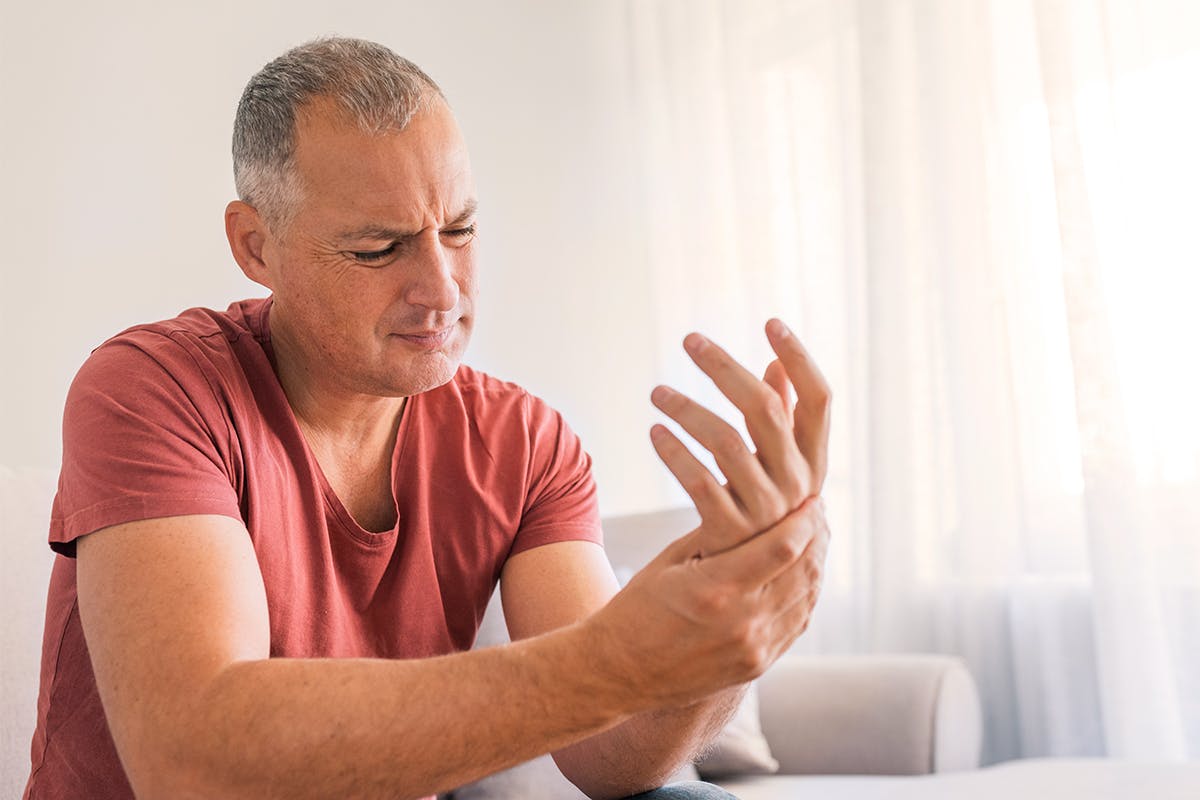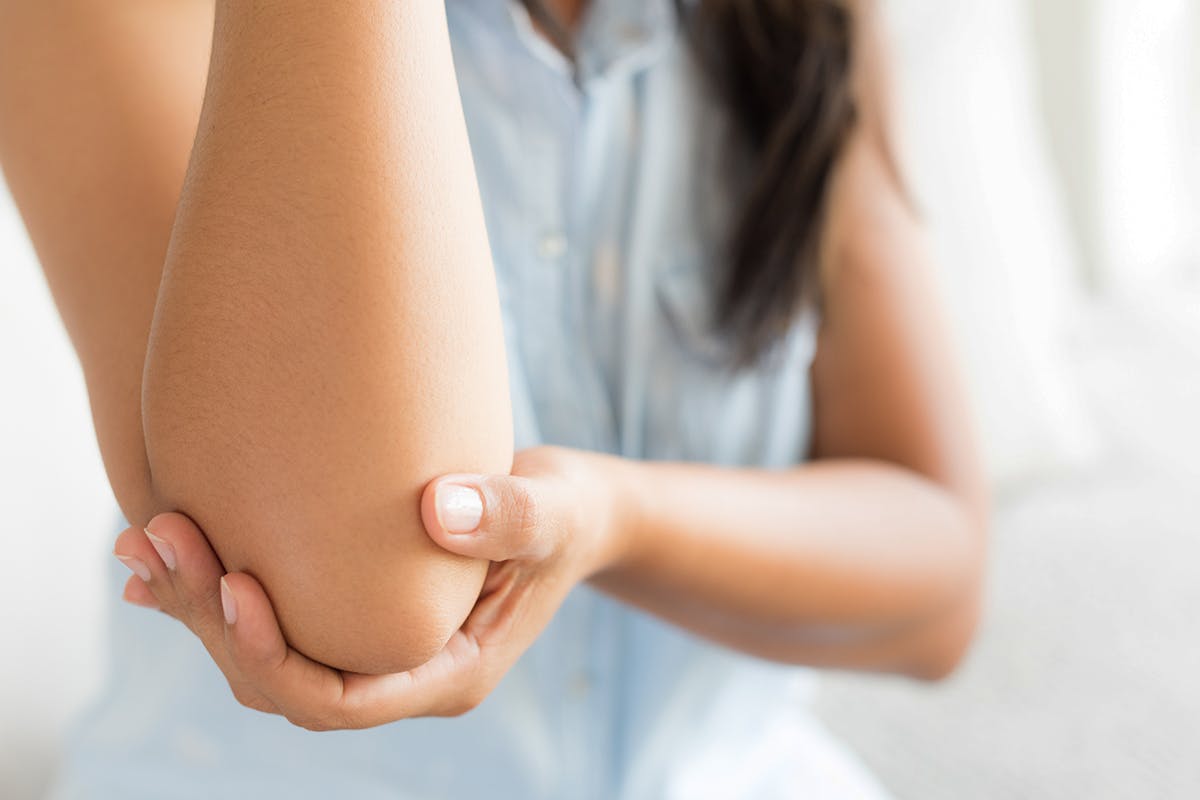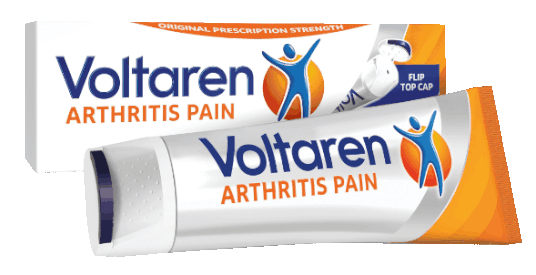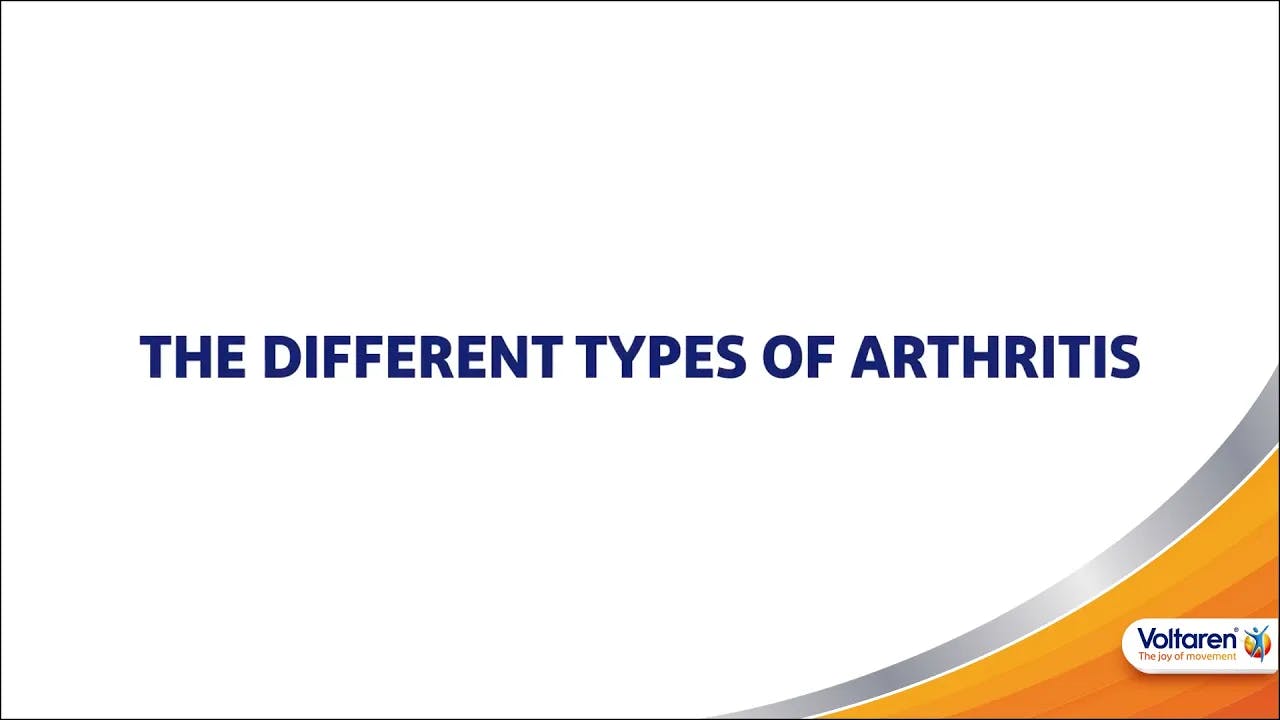What are the Different Types of Arthritis?
It’s not merely a drop in the bucket that over 54 million adults suffer from some type of arthritis.1 Discover the most common types and how each can affect your body differently.
/types-of-arthritis-hero.jpg?auto=format)
Voltaren has been studied to relieve the pain of osteoarthritis. There are many other types of arthritis that may be of interest to you, even though they’re not treated by Voltaren.
When you hear the word arthritis, you might think about your neighbor talking about chronic knee pain, or your mother complaining about aches in her hand. Yes, these are examples of the most common type of arthritis known as osteoarthritis. Even though osteoarthritis is by far the most common—usually due to age and degenerating joints—there are many more types.
In fact, there are over 100 different forms of the disease and related conditions, according to the Centers for Disease Control and Prevention.2 Let’s take a look at the three most common types, where pain tends to strike for each, and steps you can take to find some much needed relief.
Osteoarthritis
Let’s break down all the areas of pain. Whether you’re walking, cooking, or playing a sport—your muscles contract and release, applying tension to your joints. Inside each joint is a protective layer of cartilage, a flexible connective tissue that keeps things moving fluidly. When you have osteoarthritis (OA), that cartilage inside one or more of your joints begins to break down.
What does this lead to? Bones rubbing against one another, causing pain, swelling, stiffness, and a decreased range of motion.3 OA is considered a degenerative condition that worsens over time. Even though it can occur in young adults, it’s most common in those age 65 and up.
Where it hurts most: Depending on the person, symptoms vary greatly. OA can occur in any joint in the body, but the knees, hips, lower back, and neck are the most common spots.4 You might also see this arthritic condition surface in your fingers, which appear swollen, stiff, or tender, or even as bone spurs in your joints. In your feet, OA may appear as pain in the joint at the base of your big toe or ankles.5
Rheumatoid Arthritis
Unlike osteoarthritis, rheumatoid arthritis (RA) is an autoimmune disease in which the body’s immune system becomes overactive and attacks the lining of your joints. This leads to inflammation that causes the tissue that lines the joints to thicken. Over time, it can also damage the cartilage and bone.6
RA affects approximately 1.5 million Americans.7 There is no cure yet, but remission is possible, so talk to your doctor if you think you have the signs or symptoms of RA.
Where it hurts most: More than one joint tends to be affected, particularly the small joints in your wrists, hands, and feet.8 You can experience RA as pain, tenderness, swelling or stiffness for six weeks or longer. Not to mention that morning stiffness in those joints is common.
Due to chronic high levels of inflammation, other problems can surface such as dry and red eyes, dry mouth, gum irritation, shortness of breath, and bumps under the skin called rheumatoid nodules that develop over time.9 So if you have any of these symptoms, we encourage you to seek medical attention right away, and start developing a game plan to alleviate symptoms.
Psoriatic Arthritis
Another autoimmune disease in which the immune system attacks healthy tissue in the body is psoriatic arthritis (PsA). PsA affects some people who have psoriasis—a skin condition that causes dry, red patches often topped with silvery scales. Usually, people develop psoriasis first and are then diagnosed with PsA later. However, in rare cases, joint pain surfaces before psoriasis skin lesions appear.10
Where it hurts most: Main symptoms of PsA tend to resemble those of rheumatoid arthritis, like joint pain, stiffness, and swelling. But PsA is more likely to target body areas such as the ankles, toes, knees, lower back, and fingers.11 People with PsA also may have a sausage-like swelling along the length of their fingers or toes.12
If any of these symptoms sound familiar, or you’ve been dealing with similar types of arthritis pain, talk with your doctor. There are new treatment options out there—from topical gels to anti-inflammatory medication—that can provide relief.
Related Articles

What Are the Symptoms of Arthritis?
Arthritis feels different to everyone—you will likely have physical symptoms such as pain and stiffness. You might also notice emotional ups and downs as you manage this chronic condition.
READ MORE

What Are the Causes of Arthritis?
You may be experiencing arthritis for a number of reasons. No matter what may have caused your discomfort, there is a path to relief for you.
READ MORE

Let’s Get You Moving
Join us to find out how Voltaren + music can give you arthritis pain relief, and receive unique arthritis tips designed to get you moving again.
See How Voltaren Can Help
Save Money on Your Next Purchase.




